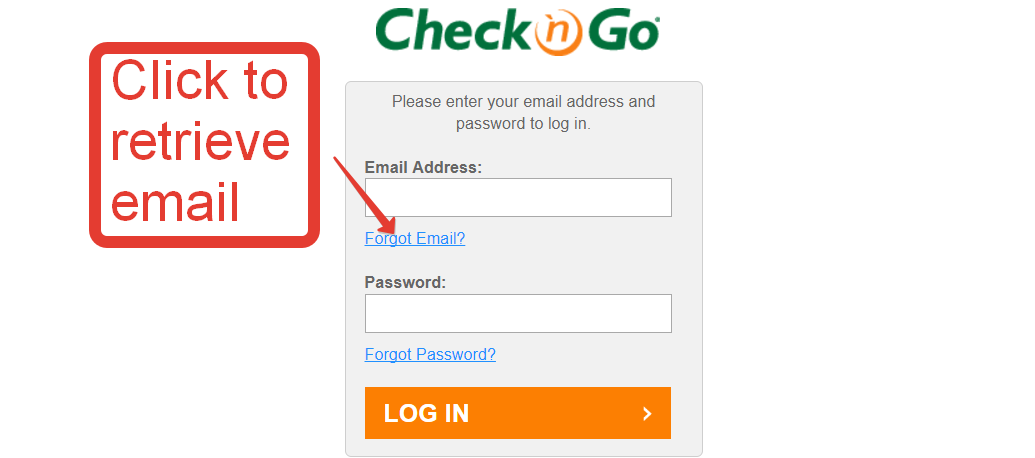– Higher liquidity risk than other fixed-income securities, as home equity loan ABS are less traded and more complex than other mortgage-backed securities, and may have limited business users and you may speed transparency. This may make it difficult for investors to buy or sell the securities at a fair price, or to hedge their positions.
HELOC Stomach have a diminished exposure and you may come back than simply family equity financing Abs, due to the fact fundamental

– The sort of underlying money. Household security financing Stomach is actually backed by signed-stop loans, that have a predetermined amount, interest, and you will maturity big date. HELOC Abs is actually supported by unlock-end funds, that have an adjustable amount, interest, and you will maturity time, according to the borrower’s incorporate while the lender’s terms.
– The bucks flow of your own bonds. Domestic guarantee mortgage Abdominal muscles enjoys a very foreseeable and you will steady dollars disperse, as dominating and you will notice money about fundamental fund try fixed and identified beforehand. HELOC Stomach features a far more unsure and you may adjustable cash flow, since the dominating and you may desire repayments on the hidden funds rely to your borrower’s drawdowns, money, and you can rate of interest transform.
– The risk and return of the securities. Home equity loan ABS have a higher risk and return than HELOC ABS, as the underlying loans have higher interest rates, lower credit quality, and higher prepayment risk. money have down appeal rates, higher credit quality, and lower prepayment risk.
Household collateral mortgage Abdominal muscles and you will HELOC Abs was comparable because both are backed by home security loans, nonetheless possess some key variations, particularly:
Speaking of a few of the main areas of home security loan Abdominal muscles one traders should be aware of. Household equity loan Stomach try an intricate and you may risky brand of fixed-earnings defense, nonetheless they may also give glamorous output and diversity benefits to buyers that willing to deal with the problems and you may concerns of hidden fund.
Probably one of the most prominent type of investment-supported ties (ABS) are the ones backed by house security fund or credit lines. Talking about finance otherwise credit facilities that allow homeowners so you’re able to borrow money up against the property value can you get a installment loan on disability their property. not, not all household collateral Stomach are exactly the same. You’ll find significant differences when considering home security personal line of credit Abs (HELOC Abdominal muscles) and you can household security loan Stomach (HEL Abdominal muscles) one dealers should know. Within point, we shall explore this type of variations as well as their implications into the abilities, chance, and you may valuation of them bonds.
1. The nature of the underlying loans or credit facilities. HELs are fixed-term, fixed-rate loans that are fully amortized over a specified period. HELOCs are revolving credit facilities that allow borrowers to draw, repay, and redraw funds as needed, up to a certain limit. HELOCs typically have variable interest rates that are tied to an list including the primary rates or LIBOR. HELOCs also have a draw period, usually 5 to 10 years, during which borrowers can access the funds, and a repayment period, usually 10 to 20 years, during which borrowers have to repay the principal and interest.
2. The prepayment and default behavior of the borrowers. HEL borrowers tend to prepay their loans faster than HELOC borrowers, especially when interest rates decline or home prices appreciate. This is because HEL borrowers can refinance their loans at lower rates or cash out their home equity by taking out a new loan. HELOC borrowers, on the other hand, tend to prepay their credit facilities slower than HEL borrowers, because they have more flexibility and convenience in accessing their funds. HELOC borrowers also tend to default less than HEL borrowers, because they have lower monthly obligations and can explore its credit facilities to cover their expenses in case of financial hardship. However, HELOC borrowers may default more in the long run, especially if interest levels rise or home prices decline, which could reduce their equity cushion and increase their debt burden.